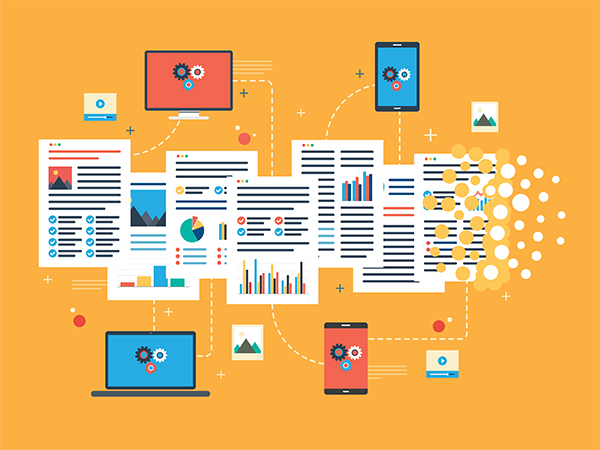October 17, 2018
Data Management Best Practices for Creating Communications with Impact

We have become a society that’s easily distracted.
The average consumer is exposed to up to 10,000 brand messages a day. A recent study by Time Warner found that consumers in their 20s (“digital natives”) switch media venues about 27 times per nonworking hour. This correlates with Microsoft’s claim that the average person’s attention span is now just eight seconds.
At IE School of Human Sciences & Technology, Jaime Veiga Mateos, academic director of market research and consumer behavior, affirms the growing number of distractions is definitely posing a problem in terms of getting consumers’ attention. He notes, “As consumers, our attention is divided across different screens and multitasking. The fight for our attention is tougher than ever.”
Using Data to Create Connection
The distracted consumer is an even bigger challenge for businesses like yours that are involved in the accounts receivables process. Here, you are talking to a distracted consumer who may not want to hear from you. And you must maintain a unique balance of connection, compliance, and innovation.
Achieving each of those goals requires the effective use of consumer data. Gathering—and utilizing—consumer data gives you the foundation you need to create an accounts receivable strategy that captures the consumer’s attention and prompts him or her to take action.
Making the shift to data-driven communications requires a few strategic changes to your business processes.
Creating a connection starts with clean data. Before you try to engage the consumer in an accounts receivable process, be sure your data is clean and up to date (see our recent blog post on this topic.) Consumer data changes regularly; information can become out of date quickly. Using a variety of data cleansing tools ensures consumers are receiving the right message at the right time.
Once you begin outreach to the consumer, you will generate even more data that can enhance communications. For example, you can test different statement formats, designs, and communications channels. These tests produce valuable data about what communication strategies are getting through to the consumer. You can then apply that data to future communications, giving you a better way to target your message and capture the consumer’s attention.
Finally, be sure you put systems in place to track, analyze, and report on this data and activity. You can use advanced analytics and business intelligence tools to make sense of your data, adjust current strategies, and optimize the engagement workflow to achieve optimal results. A customized dashboard enables you to view your collection results in real time, and make any adjustments based on performance.
Keep It Compliant
As your data can tell you, there are many ways to capture the attention of the distracted consumer. But no matter what channel you use, you must always ensure that your communications are in compliance with applicable laws and regulations.
Focus On Your Data
Although these suggested changes to your business processes are straightforward, implementing them into your organization requires the guidance of an industry expert. With a wealth of experience in the accounts receivable arena, RevSpring has the expertise needed to guide you through the process of cleaning, tracking, and analyzing your data. The company provides the resources you need to ensure your message reaches the distracted consumer and influences a positive consumer outcome.
Learn more about Data Cleansing and Analytics best practices. Click here to view webinar.